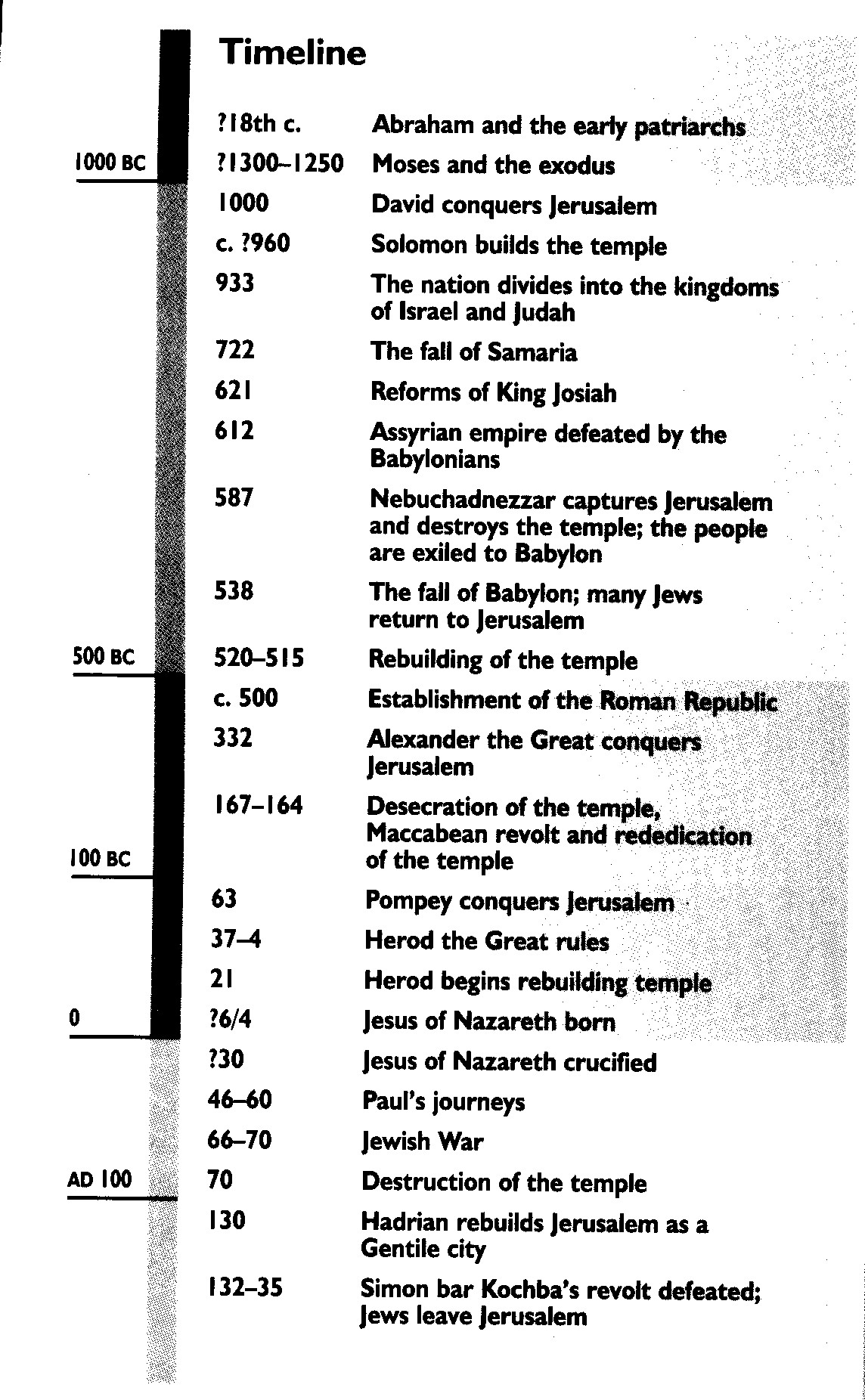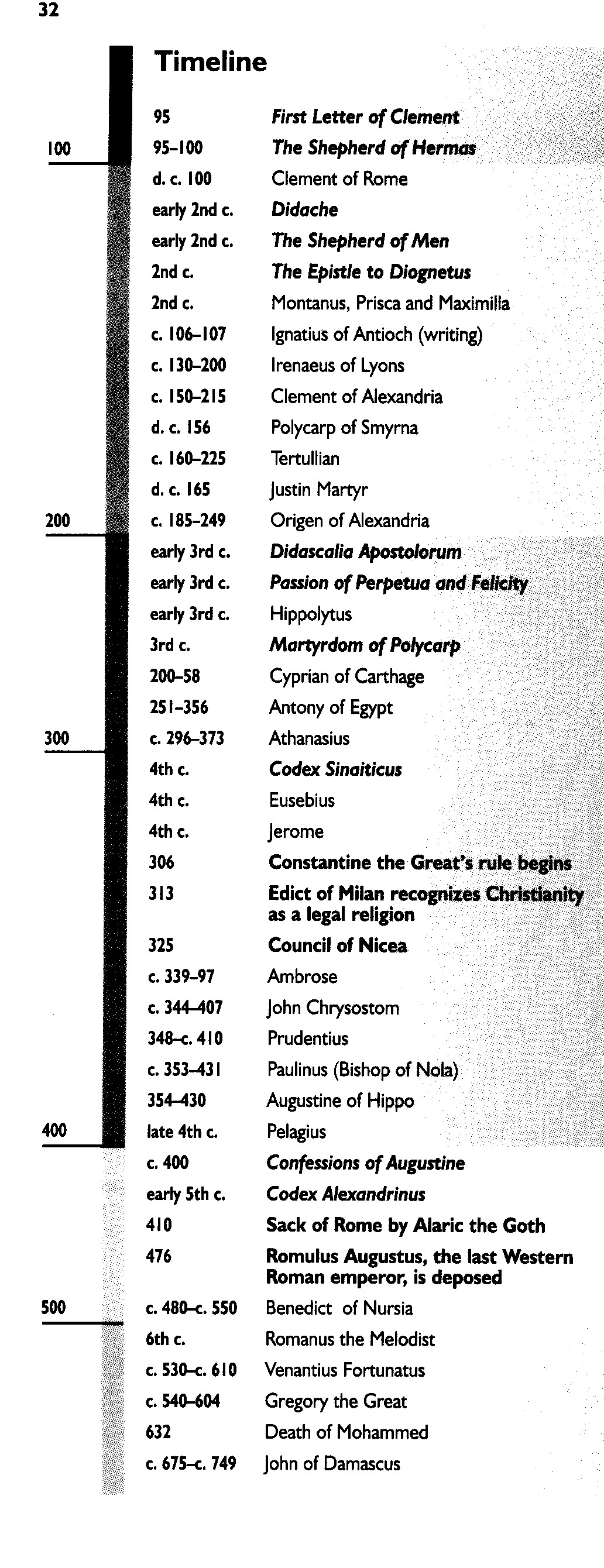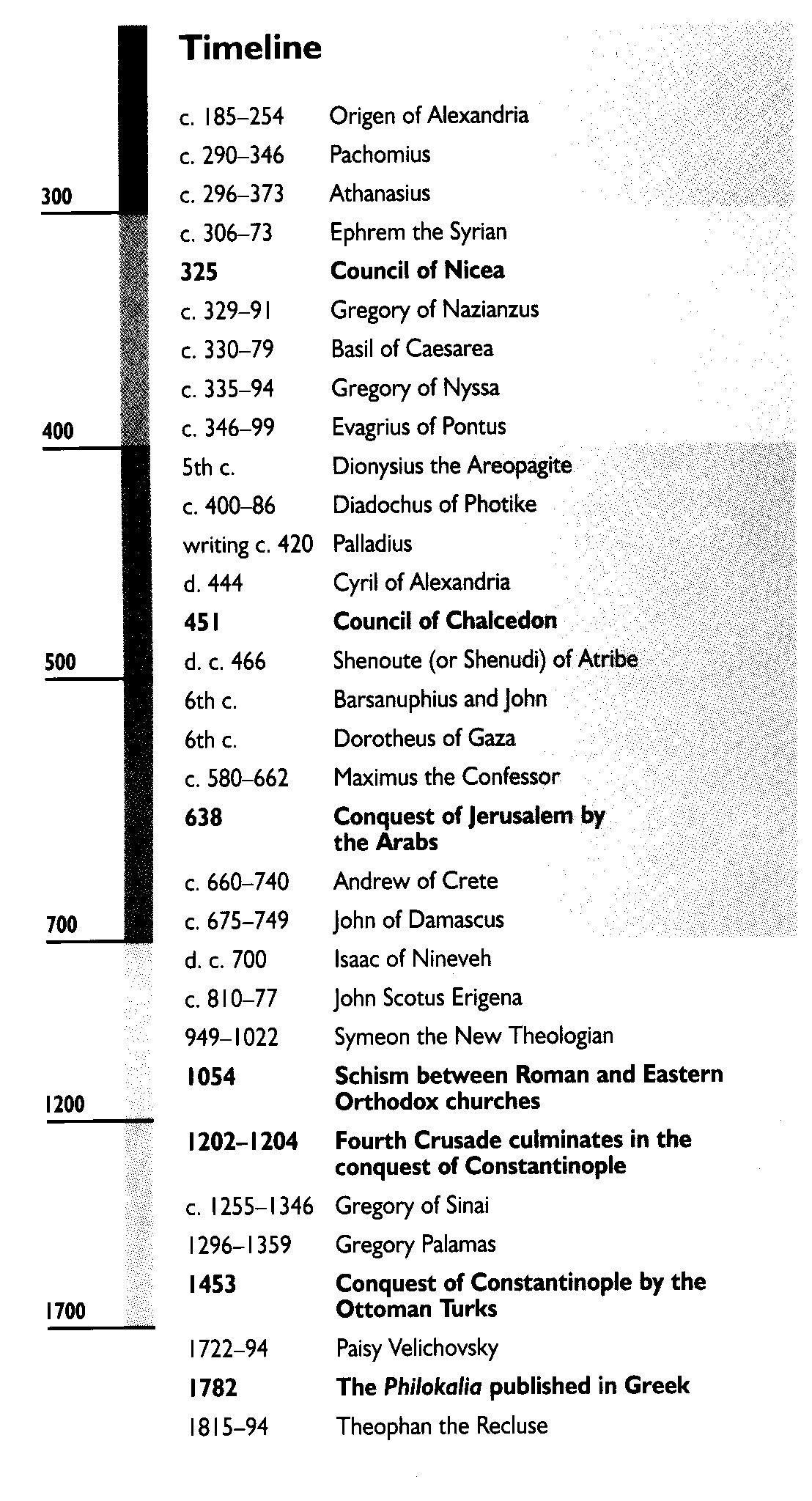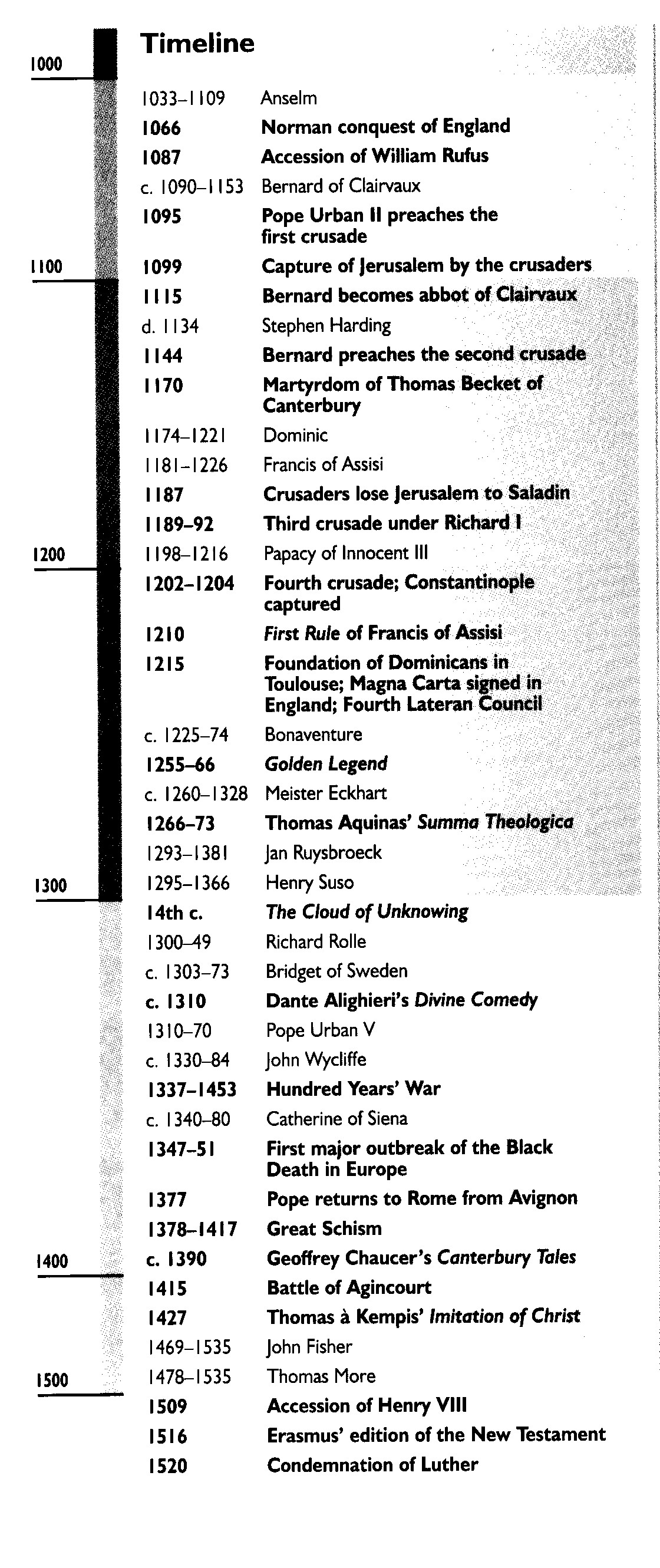
Alex Tang
Articles
- General
- Theology
- Paul
- Karl Barth
- Spiritual Formation
- Christian Education
- Spiritual Direction
- Spirituality
- Worship
- Church
- Parenting
- Medical
- Bioethics
- Books Reviews
- Videos
- Audios
- PhD dissertation
Spiritual writing
- e-Reflections
- Devotions
- The Abba Ah Beng Chronicles
- Bible Lands
- Conversations with my granddaughter
- Conversations with my grandson
- Poems
- Prayers
Nurturing/ Teaching Courses
- Sermons
- Beginning Christian Life Studies
- The Apostles' Creed
- Child Health and Nutrition
- Biomedical Ethics
- Spiritual Direction
- Spiritual Formation
- Spiritual formation communities
- Retreats
Engaging Culture
- Bioethics
- Glocalisation
- Books and Reading
- A Writing Life
- Star Trek
- Science Fiction
- Comics
- Movies
- Gaming
- Photography
- The End is Near
My Notebook
My blogs
- Spiritual Formation on the Run
- Random Musings from a Doctor's Chair
- Random Sermons from a Doctor's Chair
- Random Writings from a Doctor's Chair
- Random Spirituality from a Doctor's Chair
Books Recommendation
---------------------
Medical Students /Paediatric notes
Christian Spirituality: From Acts to the Middle Ages
by Dr Alex Tang
1. Christian Spirituality Timeline
1.1 Timeline: Old & New Testament Tradition

1.2 Timeline: Early Church Tradition

1.3 Timeline: Eastern Church Tradition

1.4 Timeline: Western Church Tradition

2. Spirituality of the Early Church
The early church is modeled after Judaism so that public, communal worship is central to their spirituality. The first Christians attended prayers in the Temple in Jerusalem while those outside Jerusalem is part of their local synagogue.
Most elements of Christian worship are inherited from the synagogue: Scripture reading, sermons and singing. The new addition is the weekly meal of bread and wine (The Lord’s Supper).
Baptism is another important feature in the early church spirituality.
Christian spirituality in the early centuries was communal spirituality, originating in baptism, rooted in the worship of the congregation, and nourished by weekly celebrations of the Supper instituted by Jesus
Bradley Holy
Thirsty for God: A Brief History of Christian Spirituality
Martyrdom became the ultimate test of Christian spirituality as the Christians underwent increasing persecutions from the Jews and then from the authorities.
3. The Desert Fathers and Mothers
3.1 The Lure of the Desert Experience
Certain spiritual disciplines have long characterised the Christian life. They involve exercises in virtue and avoidance of vices. Together these exercises are called ascessis or asceticism. The idea is that of an athletic training for the races (1 Cor. 9:24-25). Later asceticism was developed to a call for total separation from the world and to spend one’s time in prayer for one’s sins, the sins of others and for closeness to God.
It was in Egypt that men and women first entered the desert to live out the ascetical life they long for, but the practice soon spread to Asia and Europe. These ascetics who live in the deserts are called desert abbas or maters. They usually moved into the desert alone and are individual or anchorite type.
3.2 Anthony (about 250-353 AD)
Our information about Anthony comes from The Life of Anthony by Athanasius (296?-373), Bishop of Alexandria. After the death of his parents, Antony heard the gospel read in church, “Sell all that you have and give it to the poor.” Immediately he did that and went and stayed in a tomb. Later he went to live as a hermit in the desert. The motivation for such a life is to be close to God and to struggle with Satan in the desert.
The abbot Anthony said, “Who sits in solitude and is quiet hath escaped from three wars: hearing, speaking, seeing: yet against one thing shall he continually battle: that is, his own heart”.
The Desert Fathers
Translated by Helen Wadell
4. The Early Church Fathers
4.1 Tertullian (160?-225)
Tertullian laid the foundation for Latin doctrinal theology. The Latin Church was the Eastern Church of the Roman Empire spoke Latin and was centered in Rome. He was very strict with his Christian life and suggested that Christians were better off in prison where they will be less prone to temptations! He also rejected Greek philosophical influence on Christian theology and is against contextualisation i.e. adapting the gospel message to the culture of the people preached to without sacrificing the content of the gospel.
Tertullian’s spirituality is a severe rigorous spirituality; He seems to have missed the generosity of God, the wonders of creation and the need for the gospels to be understood by the people.
4.2 Origen (185-254)
Origen, Tertullian’s younger contemporary is known as the first ‘Christian systematic theologian’. Origen spent his life creating a rational belief system of thought that embodied Christian understanding of God and the world.
Like Tertullian, he was later influential is developing the doctrine of the Trinity. Unlike Tertullian, Origen approached his understanding of God through the Greek philosophical tradition. Origen set himself the task of examining in detail the Greek and Hebrew texts of the Scripture. His Hexapla was an immense work, listing 6 different texts, side by side for comparison and comments!
The days of the martyrs were from over in Origen’s time. His father was martyred in 203, and Origen himself wanted to offer his life to the authorities at the age of sixteen. Thanks be to his mother! She hid his clothes, and without trousers he was too embarrassed to go out of the house. One of the greatest Christian thinkers was saved for another day. Later Origen did in fact die from the effects of torture inflicted because of his faith, and he is rightly called a martyr.
Bradley Holy
Thirsty for God: A Brief History of Christian Spirituality
Origen’s contribution to Christian spirituality is his 3-stage schema of Christian life.
(1) Moral level has to do with behaviour and can be compared to the book of proverbs.
(2) Natural level has to do with intellectual and observational activity and is comparable to the book of Ecclesiates.
(3) Contemplative level refers to spiritual union with God and is comparable to the Songs of Songs.
Later, this schema was developed in spirituality studies and became ‘purgative, illuminative, and unitive’ stages.
4.3 Augustine (354-430)
Augustine’s Confessions was a groundbreaking book because it was an autobiography of a soul’ journey to God. In the book, Augustine addresses God directly, confessing his sins and faith. Augustine, the Bishop of Hippo, was a powerful man who influenced the development of the Latin speaking church for the next few centuries. He was a theologian who combined the Greek Platonic philosophical tradition with the Biblical faith, emphasising the Psalms and the teachings of Paul the apostle.
The other contribution is his combining the teachings of the Greek and Latin theologians. This had influenced the development of theology for the church.
For the development of Christian spirituality, Augustine introduced the concept of a soul journey from sin and carnality to God. His emphasis is on the grace of God and the work of God, which bring one from a life of sin to a life of grace.
5. Monasticism
5.1 The Rise of Monasticism
The early desert abbas or maters usually enter the desert alone and they lived like hermits, often living off the land, in extreme poverty and open to the desert elements. Some words of their holiness spread and they begin to have disciples gathered around them. This soon become organised into communities or communal monasticism.
The most influential founder of this type of communal monasticism is Basil of Caesarea (330-379) in the east (modern day Turkey), the Greek speaking part of the Mediterranean and Benedict of Nursia (about 480-547), in the west in the Latin speaking part of the Mediterranean, centred in Rome.
5.2 Basil of Caesarea (330-379)
Centred in modern day Turkey, Basil wrote two monastic rules. His emphasis was on the whole of life as thanksgiving, on the spiritual gifts and on the importance of obedience in attaching self-will. Basil believed that the whole process of spiritual growth or sanctification is the restoration of the image of God. He defined the Trinitarian doctrine and was influential in the final acceptance of the Nicene Creed in Constantinople in 381.
5.3 Benedict of Nursia (about 480-547)
In Italy, Benedict founded the Benedictine Order, still one of the largest Catholic religious order in the world. The Rule of Benedict was written to govern life in a monastic community. One of the most fundamental principles of the Rule is the incorporation of physical labour with prayer. The motto is Ora et Labora. The daily rhythm of prayers seven times a day is interspersed with physical labour and eating and sleeping in moderation. Benedict also prescribes lectio divina or spiritual reading for four hours everyday. The vows of poverty, chastity and obedience are intended as forms of spiritual discipline that make possible a life of community.
5.4 Bernard of Clairvaux (1090-1153)
In time the monastic order of Basil and Benedict declined as the monasteries became rich and famous and the ideals on which they were founded faded. Bernard was well known for his reforming of the monastic tradition and leading it back to the simplicity of the Rule of Benedict.
In his teaching on the spiritual life, Bernard emphasised the relationship of the self and God. In his treatise, On Loving God, Bernard sets forth four degrees of this love (1) self loving itself, (2) loving neighbour and God for its own sake, (3) the soul comes to love God for God’s sake and (4) the soul loves God for its own sake. Bernard also emphasised the importance of the human Jesus Christ for Christian spirituality and also the role of humility in the Christian life. The knowledge essential for the Christian is knowledge of self and God. Such knowledge is humility.
There is no danger, however much you may humble yourself, that you will regard yourself as much less than you will really are-that is to say, than truth holds you to be.
Bernard of Clairvaux
Sermon on the Songs of Solomon
6. Mendicants
6.1 The Rise of the Mendicants
The thirteen-century was an important time of development for Christian spirituality and theology. It was also time of tremendous socio-economic and political changes in a period known as the Middle Ages.
The monasteries have been around for many centuries. It remains the retreat of monks and nuns and whatever influence it has on the surrounding communities was lost in the development of trade, better communication and transport. Hence there was a movement to move out of the monasteries and to impact the world directly. This gave rise to the mendicants (begging) orders –the Dominicans, the Franciscans, the Carmelites and the Augustinian. These monks and nuns still continued with their vows of poverty, chastity and obedience, but they leave the monasteries for service to the community.
6.2 Francis of Assisi and The Franciscans
Francis of Assisi (c.1181/2-1226) is the founder of the Franciscan Order or the Friars Minors (little brothers). Of all the saints recognised by the Roman Catholic Church, Francis of Assisi is the saint whose life most exemplifies the life of his Saviour, with whose love he is inflamed. Francis was given a love for the lepers and the call to ‘rebuild the church’. He embraced poverty and wandered as a mendicant, praying, preaching and helping. He found freedom from possessions so exhilarating that he vowed to own nothing. Soon others, attracted by his joy and simplicity joined him and his band of twelve was called the Order of the Friar Minors.
Francis’ spirituality is one of joyful abandonment to God and His creation. He was so identified with Christ in His suffering that Francis received the stigmata (the wounds of Christ) in his flesh.
Most high, omnipotent, merciful Lord,
Thine is all praise, the honour and glory and every benediction, to thee alone are they confined and no man is worthy to speak thy name.
Praised be thou, my Lord, with all thy creatures, especially for my brother Sun, who gives the day and lightens us. And he is beautiful and radiant with great splendour: of thee, most high, he reflects the glory.
Be thou praised, my Lord, for sister Moon and the stars, in heaven thou hast formed them, clear and precious and comely.
Be thou praised, my Lord, for brother Wind and for the air, the cloud, the serene and all kinds of weather, by which thou givest thy creatures sustenance.
Be thou praised, my Lord, for sister Water, who is very useful and humble, precious and chaste.
Be thou praised, my Lord, for brother Fire, by which thou dost illuminate the night; he is beautiful and joyful, robust and strong.
Be thou praised, my Lord, for our sister mother Earth, who sustains and rules us, and produces different fruits and coloured flowers and herbs.
Be thou praised, my Lord, for those who pardon for thy love, and endure sickness and tribulation. Blessed are they who endure them in peace, for by thee, most high, shall they be crowned.
Be thou praised, my Lord for our sister bodily Death, from whom no living man can escape. Woe to those who die in mortal sin; blessed be those who are found in thy most holy Will, for to them the second death will bring o ill.
Praise and bless my Lord, give him thanks and serve him with great humility.
Canticle of the Sun
Francis of Assisi
6.3 Thomas Aquinas and The Dominicans
Dominic Guzman (1170?-1221) saw the great need for better preaching and teaching. He founded an Order of Preachers commonly known as the Dominicans who can teach the common people. The Dominicans quickly become one of the best-educated in Europe. Its spirituality is focused on the piety of learning.
The Orders produce some of the greatest scholars in Europe. Thomas Aquinas (1225-1274) is considered one of the greatest theologians of the Roman Catholic Church. He incorporated Aristotle’s perspective into the teachings of Augustine and others and produced his great Summa Theologica, which is considered a standard text in systematic theology. Thomas Aquinas’ spirituality is regarding Christian life as a friendship between man and God, where charity is the measure of all vows, works and practices.
7. Mystics
7.1 The Rise of Mysticism
The essential meaning of mysticism in the Christian tradition is the experience of union or communion with God. Union with God means the experience of being so close to the oneness with God that one loses on self-identity in the Presence. Communion means a close relationship with God. Often Christian mysticism have difficulty in expressing what they have experienced and uses colourful and often interesting symbolism to share their experiences. Mysticism has always been present in Christian history but came to prominence with the Spanish mystics, John of the Cross and Teresa of Avila.
7.2 Teresa of Avila (1515-1582)
Teresa of Avila or Mother Teresa of Jesus was a Carmelite, an Order formed on Mt. Carmel in the Holy Land in the mid twelfth century. Teresa became the leader of a reform movement in the Carmelite Order that called for a return to the early strict Rules of the Carmelites. The reform movement came to be called the ‘discalced’ or shoeless Carmelites.
Teresa shared her spiritual experiences in her The Life of Teresa of Jesus, which described her trials and development. She described her severe illness of 1538-1539, her conversion to a deeper spiritual life in 1554 and her vision of Christ sending a spear through her heart in 1559.
In her book, The Interior Castle, Teresa gave a detailed analysis of spiritual development. In the ‘seven mansions’ describe the soul’s journey to God through the process of purgative, the illuminative and the unitive. She also classifies prayer; meditative and contemplative. Of the contemplative, she describes the prayer of quiet and the prayer of union
Teresa of Avila, The Interior Castle
1. First Mansions: Prayer for Self Realization before God.
a. The Beauty and Dignity of the Soul.
b. The Ugliness of Sin in the Soul
2. Second Mansions: Prayer of Recollections concerning the Character of God and the need for Self-Surrender.
a. The Importance of Perseverance.
3. Third Mansions: The Deception of a Good and Exemplary Life that is still Self-Centered.
a. The Moral Precariousness of Life.
b. Aridity in the Prayer Life.
4. Fourth Mansions: The Prayer of Quiet, the Beginning of a Personal Encounter with the Living God.
a. The Benefits of Contemplative Prayer.
b. Confusing Experiences in the Contemplative Life.
c. The Prayer of Recollection in Attentiveness to God.
5. Fifth Mansions: The Prayer of a Simple Union with God
a. Experience of the Presence of God.
b. Growth of the Soul to Receive More from God
c. Evidences of Our Betrothal to Christ.
d. The Prayer Life of Our Betrothal.
6. Sixth Mansions: The Prayer of Intimate Union and the Betrothal to Christ
a. Greater Spiritual Favors Involve More Suffering.
b. A Growing Disregard for Self.
c. The Soul Awakened by Locutions.
d. Great Courage Required to Experience Such Things from God.
e. “The Flight of the Spirit” called Rapture.
f. Practical Effects of Such Experiences.
g. Increased Sensitivity to Sin.
h. Do Not Desire to Seek Visions.
7. Seventh Mansions: The Prayer of Marriage to Jesus as a Total Transference of Life.
a. What more can be said?
b. Distinction between Spiritual Union and Spiritual Marriage
7.3 John of the Cross (1542-1591)
John was part of the reform movement of the discaled Carmelite. He was invested with many responsibilities and was even a spiritual director to Teresa during the time when she experienced what she called the ‘spiritual marriage’. John was late kidnapped and held in a dank cell for six months, during which he composed the poem, The Living Flame of Love. He escaped and was again elected to responsible posts in the reform movement. John’s greatest works are The Ascent of Mount Carmel, The Dark Night and The Spiritual Canticle.
In Christian spirituality, John was most known for his description of the dark night of the soul. He uses the metaphor in two ways: (1) the inability of the intellect to grasp God and (2) the inability of a soul to describe its experience on its journey towards God to the mountaintop, to union with God. Here he describes the lostness, confusion, dryness and panic that is part of the spiritual path.
8. Reflection Questions
8.1 Which person in this session do you find most dramatic, appealing or helpful to your own spiritual walk?
8.2 Most of the spiritual writers speak of a spiritual journey and some has described it as stages or a metaphor as mansions with many rooms. Consider your own spiritual journey. Do you find this useful? Is it useful to know about stages of spiritual growth?
Soli Deo Gloria